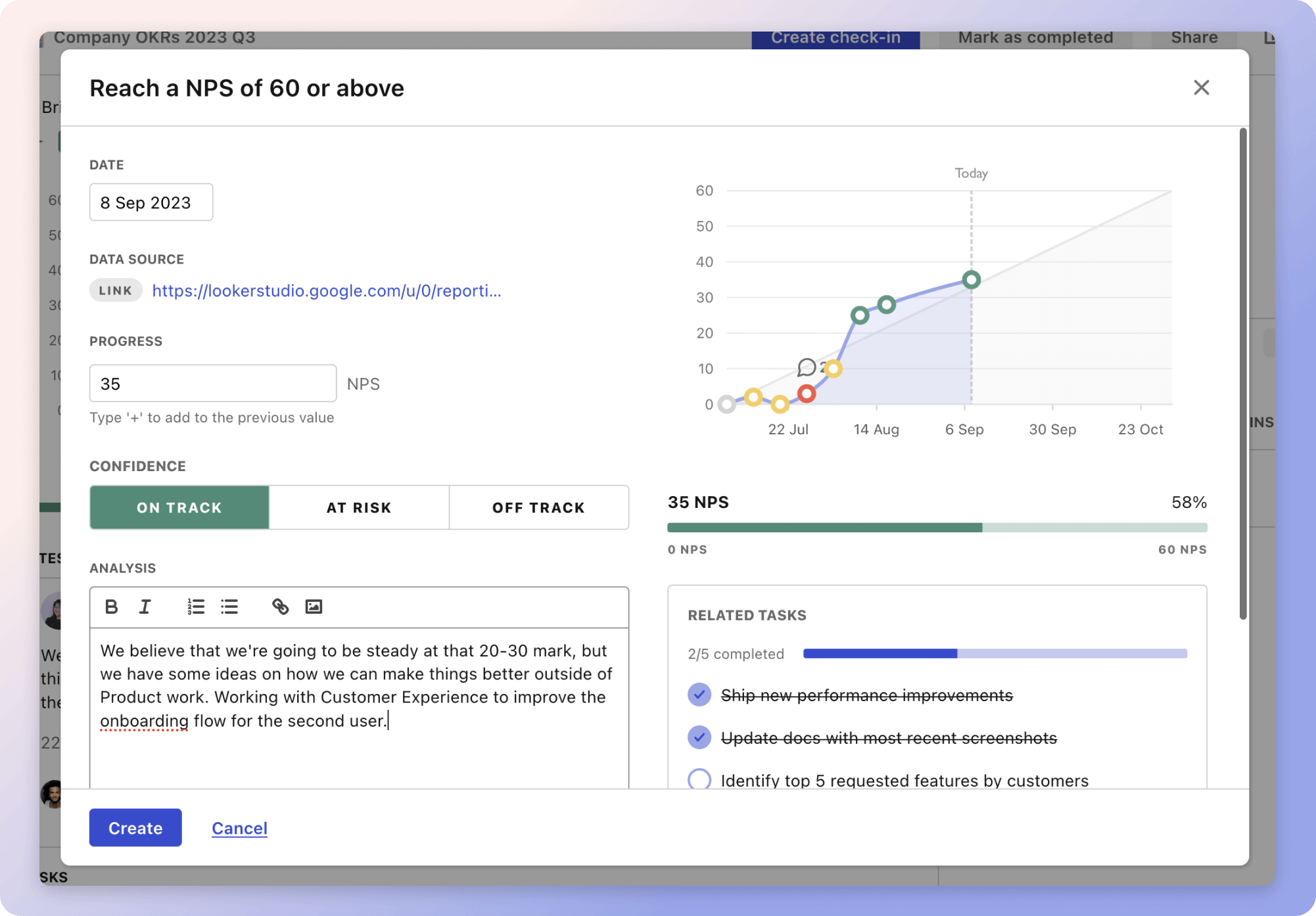The strategy outlined for trading in Deriv revolves around identifying optimal entry and exit points to maximize profits. It breaks down into three main approaches. First, technical analysis involves using indicators like moving averages and MACD to determine bullish or bearish signals. For example, setting up trading charts with moving averages helps to identify trends and establish rules for trade entry based on indicator signals.
Secondly, the strategy emphasizes fundamental analysis, which requires traders to stay informed about economic announcements and assess the financial health of relevant assets. For instance, traders should monitor economic trends and correlate them with asset price movements to anticipate long-term changes. Lastly, implementing a risk management plan is crucial. This includes setting stop-loss limits to prevent significant losses and using a risk-reward ratio to evaluate trades. It's also essential to diversify and regularly assess trade outcomes to refine strategies further.
The strategies
⛳️ Strategy 1: Use technical analysis
- Learn key technical indicators such as moving averages, RSI, and MACD
- Determine the historical performance of selected indicators
- Set up trading charts using appropriate time frames for analysis
- Identify bullish and bearish signals from the chosen indicators
- Develop rules for entering trades based on indicator signals
- Establish stop-loss limits aligned with your risk tolerance
- Set profit-taking levels using technical resistance and support levels
- Backtest the strategy using historical data to assess effectiveness
- Regularly update and validate indicators based on market changes
- Continuously monitor market conditions and adjust the strategy as needed
⛳️ Strategy 2: Apply fundamental analysis
- Stay informed on relevant economic announcements and reports
- Calendar key events that could impact the market
- Analyse the financial health of assets or commodities you're trading
- Correlate economic indicators with asset price movement
- Monitor major economic trends affecting the market
- Use fundamental insights to anticipate longer-term movements
- Build a watchlist of assets influenced by recent news
- Determine entry points after significant news announcements
- Identify potential exit points based on expected news impacts dissipating
- Continuously update your fundamental analysis with new information
⛳️ Strategy 3: Implement a risk management plan
- Determine your acceptable level of risk for each trade
- Use a risk-reward ratio to assess potential trades
- Implement systematic entry points with set criteria
- Establish stop-loss orders to limit potential losses
- Utilise trailing stops to protect gains in profitable trades
- Diversify trading across different assets to reduce risk
- Assess risk factors associated with different trading environments
- Prepare contingency plans for unexpected market movements
- Regularly evaluate trade outcomes to refine risk management strategies
- Use simulation trading to test risk management strategies before live application
Bringing accountability to your strategy
It's one thing to have a plan, it's another to stick to it. We hope that the examples above will help you get started with your own strategy, but we also know that it's easy to get lost in the day-to-day effort.
That's why we built Tability: to help you track your progress, keep your team aligned, and make sure you're always moving in the right direction.

Give it a try and see how it can help you bring accountability to your strategy.
